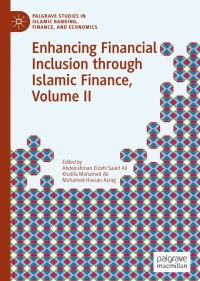Question
Pankaj Ghemawats case study of the adoption of thin-slab casting by Nucor and the no adoption by USX (now renamed U.S. Steel) illustrates the relationship
Pankaj Ghemawats case study of the adoption of thin-slab casting by Nucor and the no adoption by USX (now renamed U.S. Steel) illustrates the relationship between commitment and product market competition, and how previous commitments can limit a firms ability to take advantage of new commitment opportunities. In 1987, Nucor Corporation became the first American steel firm to adopt thin-slab casting, a significant improvement over the standard technology of the day, continuous casting. At that time, Nucor was looking to enter the flat-rolled sheet segment of the steel business, a segment that had been unavailable to the minimills, of which Nucor was the largest. Adoption of this thin-slab casting was a major commitment for Nucor. All told, the upfront investment in developing the process and building a facility to use it was expected to be $340 million, close to 90 percent of Nucors net worth at the time. Nucors commitment was successful. By 1992, Nucors thin-slab casting mill in Crawfordsville, Indiana, had become profitable, and Nucor built a second thin-slab casting plant in Arkansas. USX, the largest American integrated steel producer, which was 60 times larger than Nucor, also showed an early interest in thinslab casting, spending over $30 million to perfect a thin-slab casting technology known as the Hazelett process. Yet USX eventually decided not to adopt thin-slab casting. Ghemawat argued that this decision was anomalous in light of extant economic theory on process innovations. So why did USX not adopt thin-slab casting? Ghemawat argues that the decision stemmed from prior organizational and strategic commitments that constrained USXs opportunity to profit from thin-slab casting. For example, in the mid- 1980s, USX had already modernized four of its five integrated steel mills. The fifth plant, located in the Monongahela River Valley in Pennsylvania, was a vast complex in which the steelmaking facility and the rolling mill were 10 miles apart. Moreover, the labor cost savings that would accrue to a nonunionized firm like Nucor would not be nearly as significant to unionized USX, which was bound by restrictive work rules. Finally, there was doubt as to whether appliance manufacturers, which were major customers of the sheet steel produced in the Monongahela Valley plant, would purchase sheet steel produced via continuous casting due to the adulteration in the surface quality of the steel that the new process might cause. Ghemawat argues that USXs prior commitment to modernize existing facilitiesin particular the one at Monongahela Valleyas opposed to building greenfield plants, locked USX into a posture in which no adoption of thin-slab casting was a natural outcome. This conclusion highlights an important strategic point: In forecasting the likely reactions of competitors to major strategic commitments, a firm should recognize that prior commitments made by its competitors can constrain those firms potential responses. In this case, Nucors management anticipated USXs behavior. Nucor decided to enter the flat-rolled sheet steel business because it expected that integrated producers, such as USX, would not adopt thin-slab casting
Step by Step Solution
There are 3 Steps involved in it
Step: 1

Get Instant Access to Expert-Tailored Solutions
See step-by-step solutions with expert insights and AI powered tools for academic success
Step: 2

Step: 3

Ace Your Homework with AI
Get the answers you need in no time with our AI-driven, step-by-step assistance
Get Started


